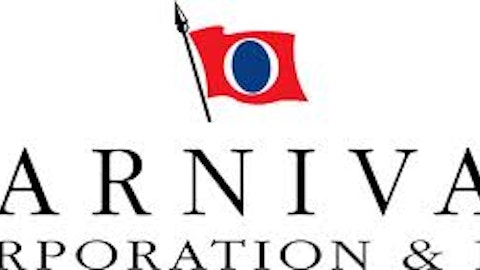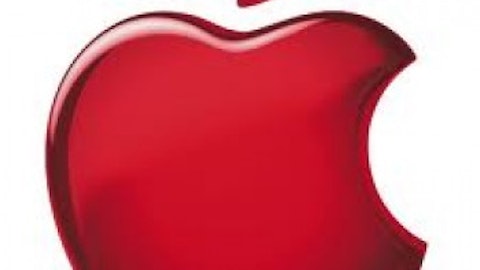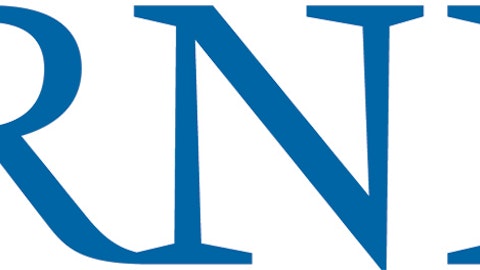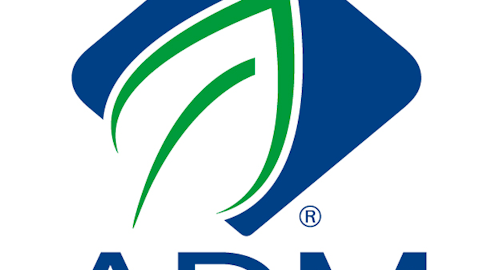Bunge is trading at just about the book value, with intangible assets making up a very small portion of total assets. The current P/B value is below the historic value for Bunge.

BG Price / Book Value data by YCharts
Although the book value points to Bunge being cheap the free cash flow has been spotty over the past decade, positive in only 3 of 10 years. The numbers for the recently reported 2012 are also negative, a reverse from positive numbers in 2011. This is an example where simply looking at the P/B ratio is not enough.
Royal Caribbean Cruises Ltd. (NYSE:RCL)
Royal Caribbean is the second largest cruise company in the world, behind competitor Carnival. Here are the relevant figures from the most recent quarterly report.
| Type | Value |
|---|---|
| Current Assets | $888 |
| Tangible Non-current Assets | $18,506 |
| Non-tangible Non-current Assets | $433 |
| Total Tangible Assets | $19,394 |
| Total Assets | $19,827 |
| Total Liabilities | $11,518 |
| Book Value | $8,309 |
| Tangible Book Value | $7,876 |
All values except ratios in millions USD
Royal Caribbean trades at 5% below book value. The difference between this company and a company like Corning is that most of Royal Caribbean’s assets are tied up in ships. It’s unclear what the actual market value of these ships are, but they may very well be far below the book value.
Historically the P/B value has fluctuated over the last decade, with a high above 2 and a low around 0.25. The current value is right around the average.

RCL Price / Book Value data by YCharts
Because of this not much can be gained from looking at the P/B ratio for Royal Caribbean. Free cash flow was negative from 2006 through 2010, turning positive in 2011 and 2012. In 2011 the company generated $1.29 per share of FCF, while in 2012 this number dropped to just $0.41 per share. With a stock price around $36 per share the stock seems overvalued.
The Bottom Line
While the P/B ratio can be a useful number it can also be misleading. In the case of Corning the P/B points to an undervalued stock, in agreement with my previous discounted cash flow calculation. For Bunge and Royal Caribbean a low P/B ratio coupled with weak free cash flow leads me to believe that both companies are not particularly cheap. My conclusion is that the P/B ratio may be a good tool to find stocks that might be undervalued, but a more thorough analysis is necessary in each case. Investing by only using simple ratios is a recipe for disaster.
The article Finding Value With the P/B Ratio originally appeared on Fool.com and is written by Timothy Green.
Copyright © 1995 – 2013 The Motley Fool, LLC. All rights reserved. The Motley Fool has a disclosure policy.





